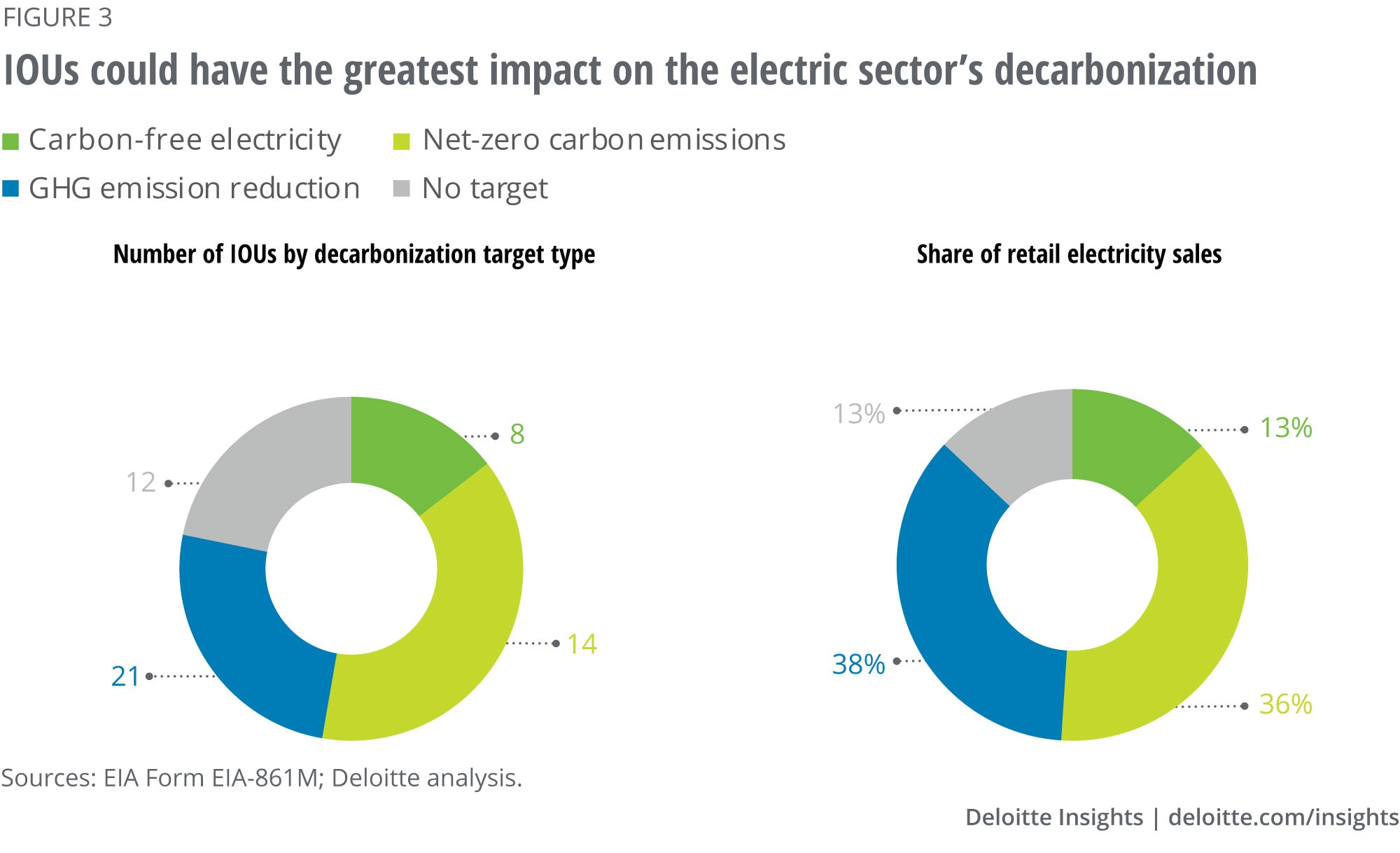Part
01
of one
Part
01
Large-Scale Decarbonization Actions
The 2015 Paris Agreement is among the core factors propelling the transition from carbon-based energy toward net-zero emissions. Trends shaping the sector include the gradual decline of fossil fuels, the rapid increase in solar & wind energy sources, and continued infrastructural innovation across the entire sector.
WHY THIS CHANGE HAPPENED
- There are many factors that led to the change and transition toward net-zero emissions. Governments globally have been developing policies to curb carbon emissions. On that note, over 40 governments globally have put a price on carbon emissions, via direct or indirect taxes on fossil fuels or through cap-and-trade programs.
- The intensification of consumer and community advocacy towards renewable energy sources, along with continued pressure on environmental, social, and corporate governance (ESG) commitment resulted in an opportunity to transform for both businesses and governments alike.
- The transition also happened as a call to address climate-related risks resulting from pollution. Interestingly, some companies responding to these changes claimed to be doing so to fulfill government mandates, while others claim they had planned to minimize reliance on fossil fuels. Others see the change as an opportunity to restructure and develop long-term strategies over the next 10 to 30 years.
- Other factors that accelerated the change include the availability of clean & low-cost natural gas, attractive incentives to invest in renewable energy and lower the price of technology, and commitments businesses and consumers wanting to source 100% of their power from renewable sources, e.g., the RE100 initiative.
- For example, in 2019, BHP announced plans to $400 million in low emissions technologies, natural climate solutions, and support partnerships focusing on Scope 3 emissions. As of 2020, the company had identified about $350 million of investment opportunities and began allocating funds.
- Overall, the accelerated transition to clean energy dates back to around 2010 when the average market price for a one kWh energy storage battery was $1,100 but has since dropped to about $156/kWh in 2019, an 86% decline.
WHAT'S DRIVING IT
- Insights from the global sectors show that some primary drivers of decarbonization are “customer, employee and community demands; investor pressure; policy and government targets; and technology and operational cost reduction.”
- About 75% of U.S. business respondents in a 2020 Deloitte report claimed that 77% of their customers are actively publicizing sourcing of renewable energy and demanding companies generate a portion of electricity from renewables.
- Technological breakthroughs in sectors such as power and transport have accelerated the move towards decarbonization. Globally, innovation and decarbonization technologies have improved, resulting in major cost reductions.
- For instance, in the last five years, the cost of equipment for generating renewable energy have dropped significantly by an estimated 80% for solar PV installations and 40% for onshore wind installations.
- Consumer support for minimizing emissions, new business models, and value creation opportunities are other key drivers of the energy and industrial sector’s transition toward a low-carbon future.
- Investor-owned utilities (IOUs) in the U.S. are expected to expedite the transition toward net-zero emissions. A survey by Deloitte shows that about 43 of 55 parent IOUs in the U.S. have set emission reduction targets, with 22 aiming to achieve net-zero or carbon-free electricity.
- In South Africa, a global mining powerhouse, “pressure from stakeholders, strict regulatory compliance, and the strengthening business case for decarbonization” are some factors encouraging mining companies to start lowering GHG emissions.
WHAT THE TRIGGERS WERE
- The 2015 Paris Agreement is the primary trigger of decarbonization, following the consensus among member states to limit global warming to 2°C versus pre-industrial levels by reducing greenhouse gas (GHG) emissions by 80% to 95% of the 1990 level by 2050. In 2014, the industrial sector accounted for 28% of GHG emissions, prompting decarbonization efforts to help achieve the targets.
- Another key trigger is the ongoing energy transition based on the removal of carbon, a core component of past energy sources. For instance, the U.S. generates 63% of its grid power from carbon-emitting fossil fuels; hence, the ongoing shift to clean energy sources.
- Targets set by global companies in the energy and mining sectors are also triggering the transition to zero-carbon fuels. In 2015, about 50 global companies in the fossil fuel industries and 20 in the mining sector were responsible for 50% of the global industrial greenhouse gas emissions.
- In this regard, global mining companies like BHP Group, Rio Tinto, and South32 Ltd., have pledged to reach net-zero emissions by 2050. Others like Fortescue Metals Group Limited and Anglo American PLC have pledged to reach net-zero emissions by 2040.
- Shareholder activism fueled by environmental groups like Climate Action 100+, are pushing IOUs to set ambitious GHG reduction goals as a fiduciary duty. In February 2019, a Majority Action campaign valued at $1.8 trillion was launched to push the “20 largest publicly traded utilities to commit to full decarbonization.”
- According to the Deloitte report, 55% of power and utility executives have shown commitment toward providing more clean electricity, with 53% saying the move stems from pressure from environmental organizations, 47% cited pressure from consumer organizations, another 42% cited pressure from distribution utilities and commercial & industrial customers, and 40% cited regulatory pressure.
RESEARCH METHODOLOGY
A review of industry reports regarding decarbonization published by market research and business intelligence companies like EY, Deloitte, SP Global, and McKinsey provided in-depth insights into the current state of the decarbonization journey, including information on what caused the change, its primary drivers, and triggers. The reports feature the most recent findings in this sector backed by industry statistics and analyzed & reported by energy & utility experts.
